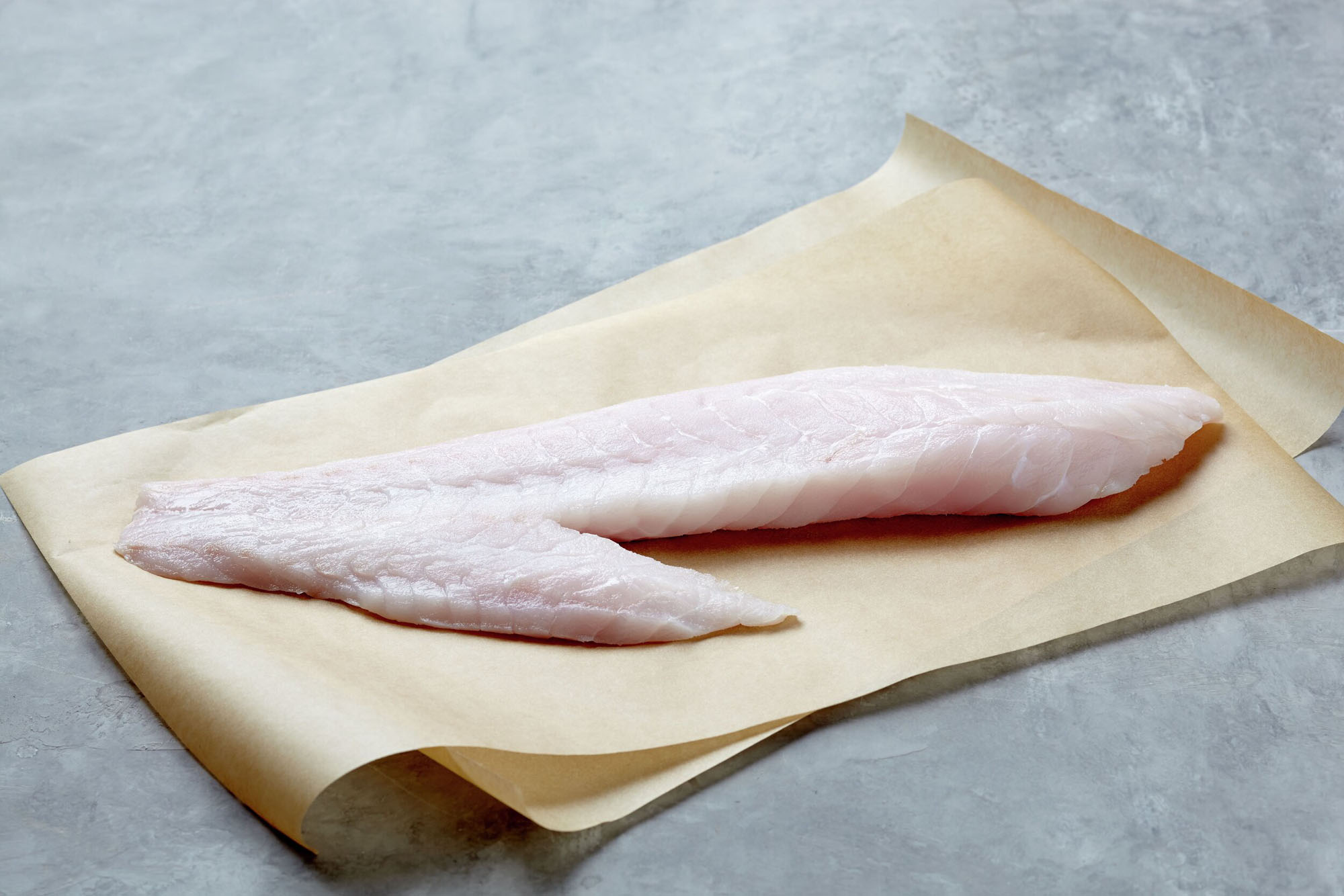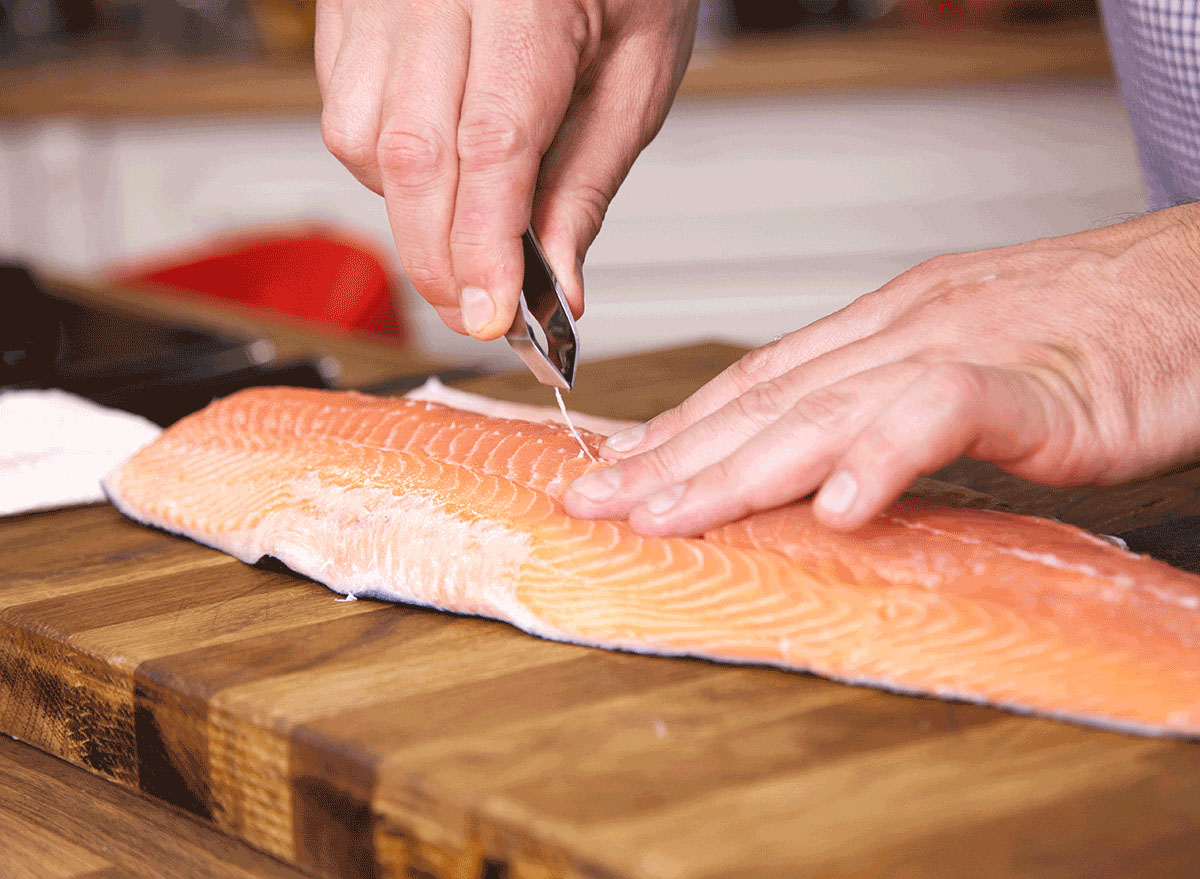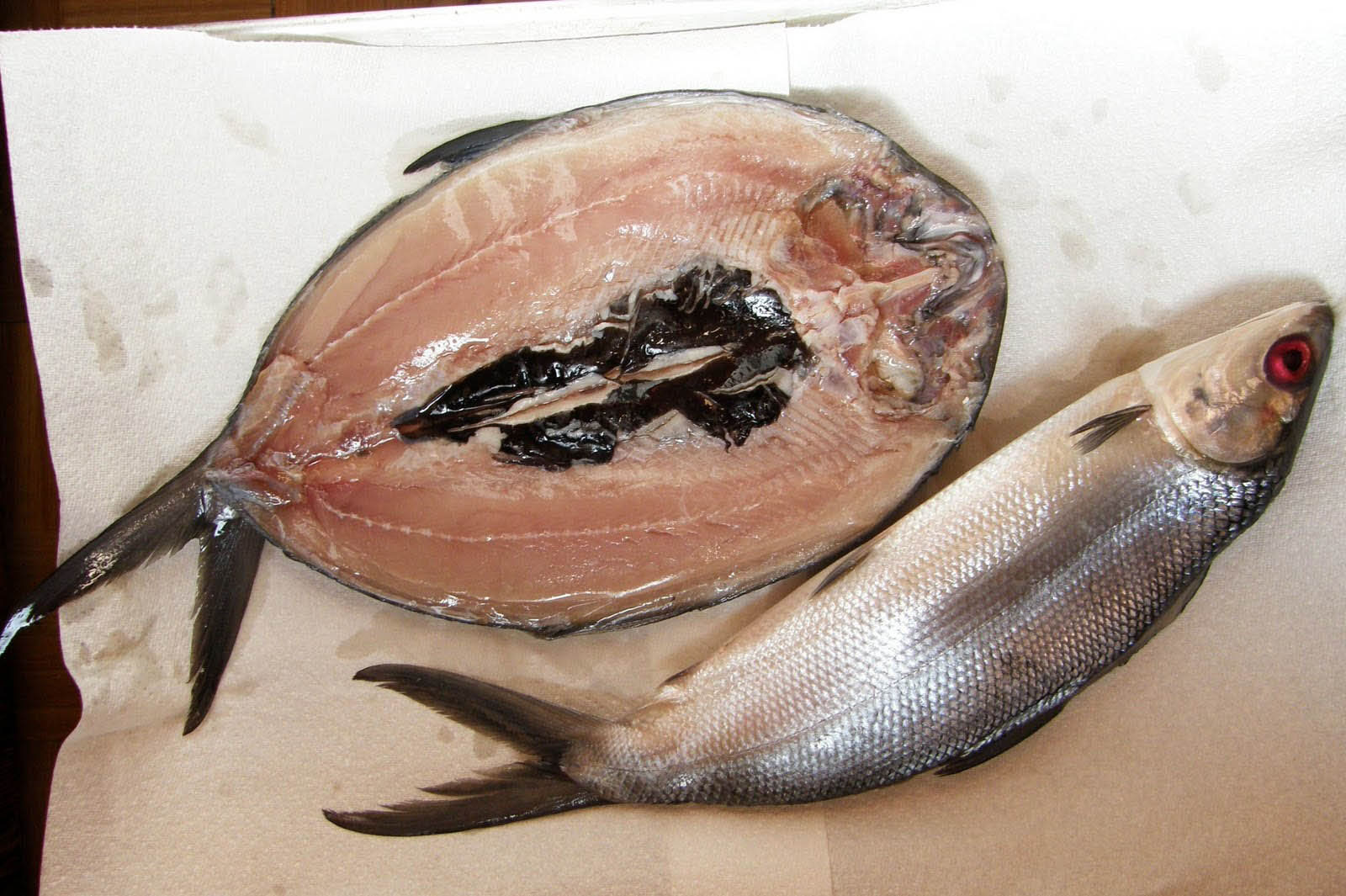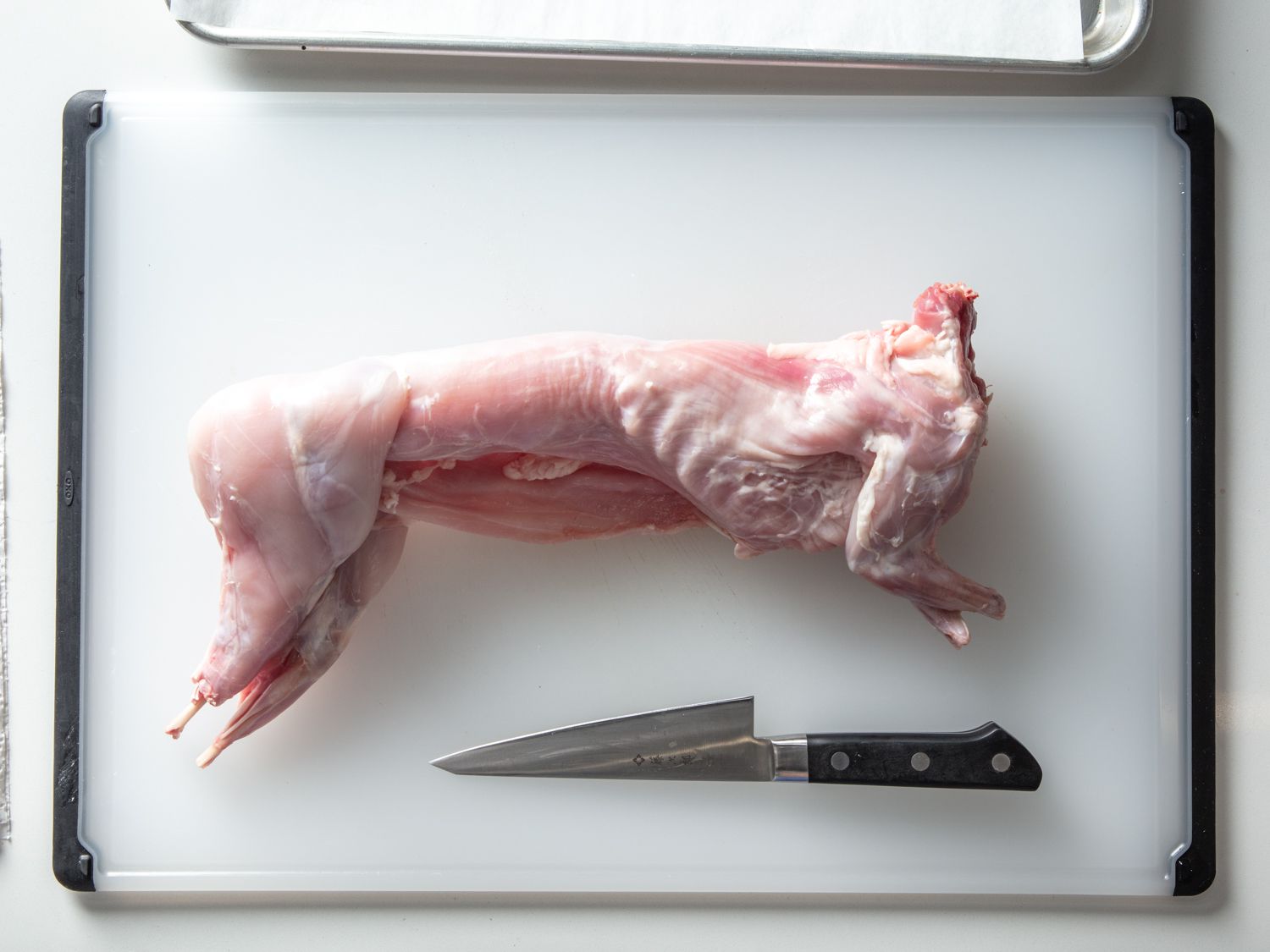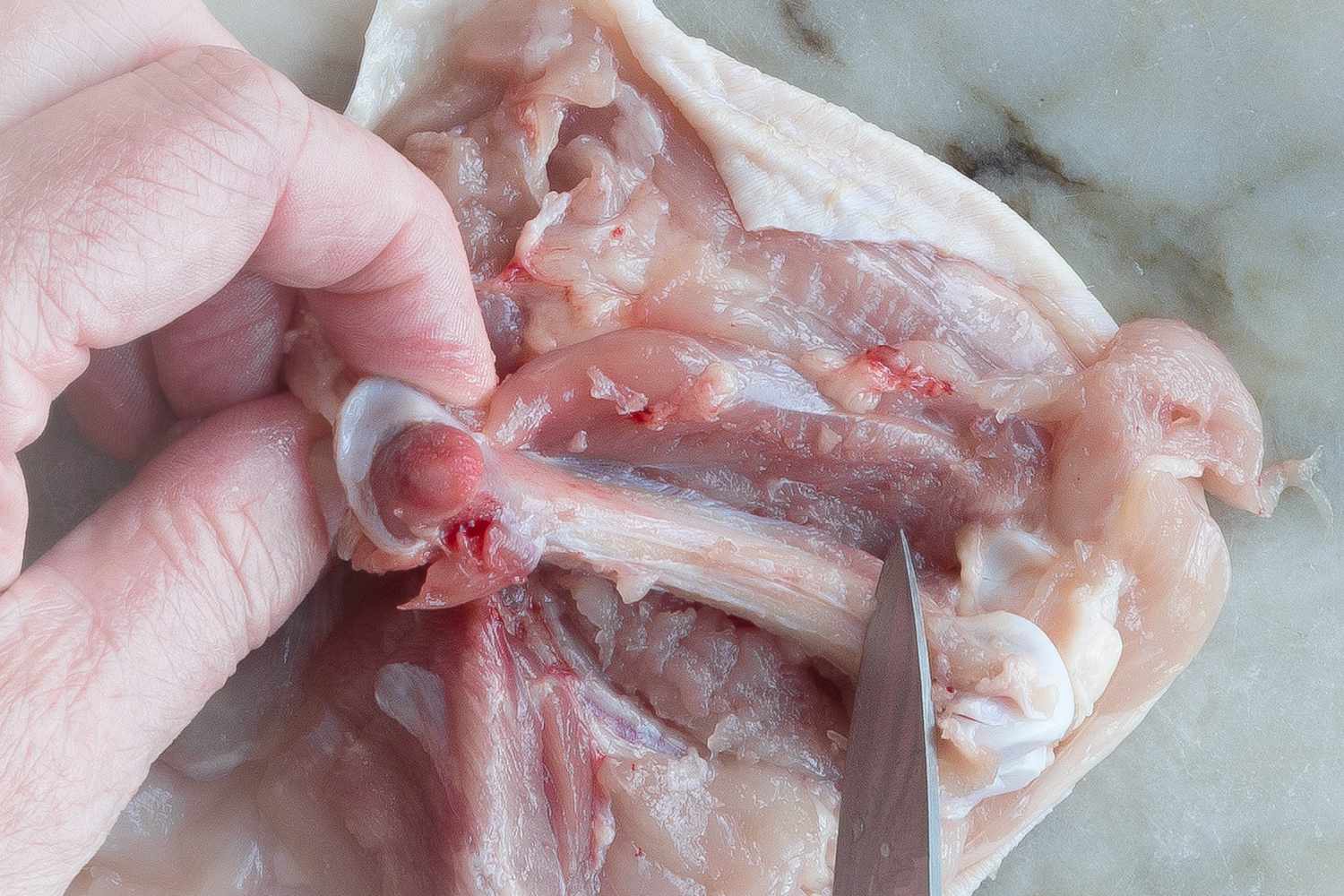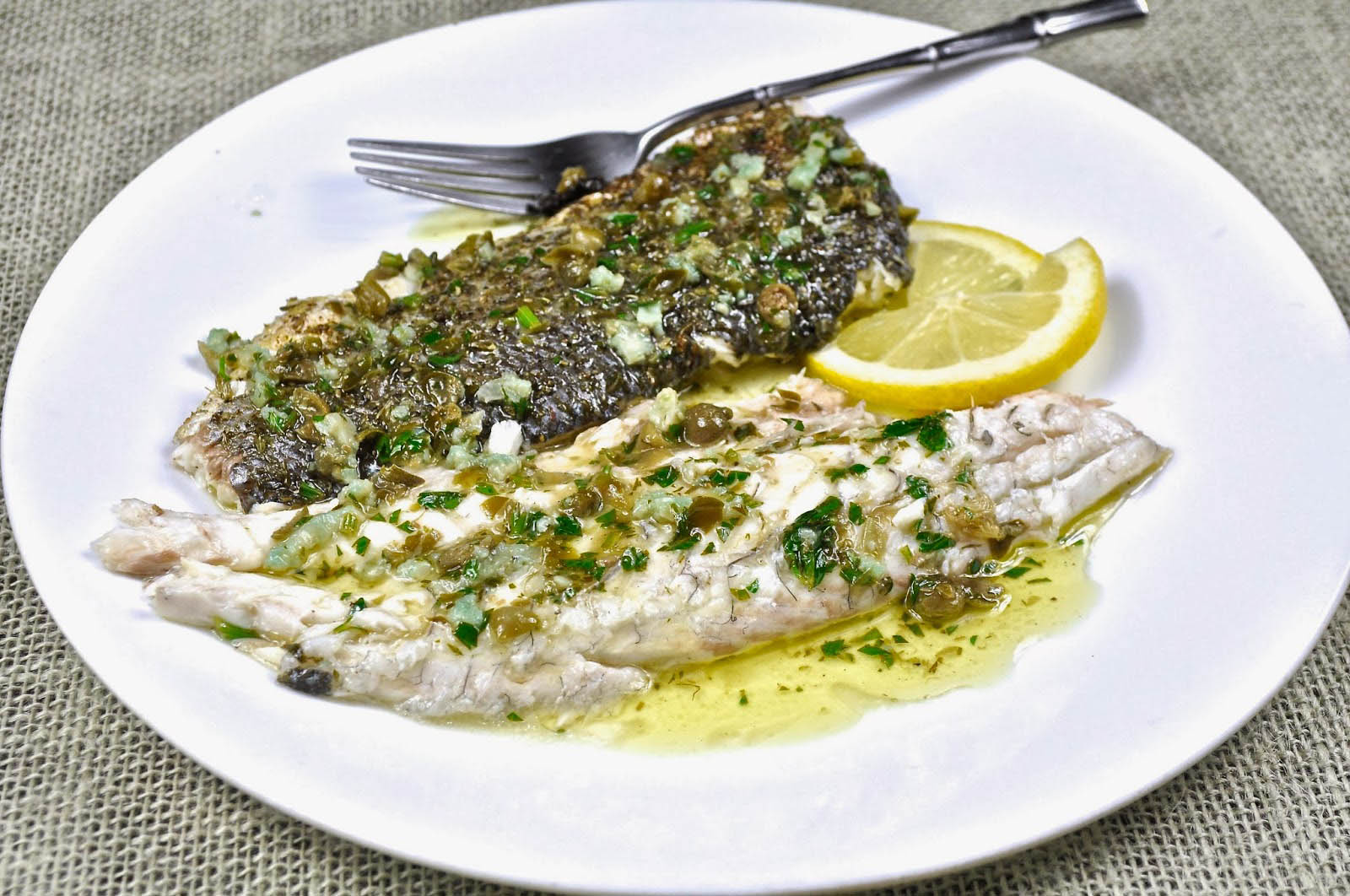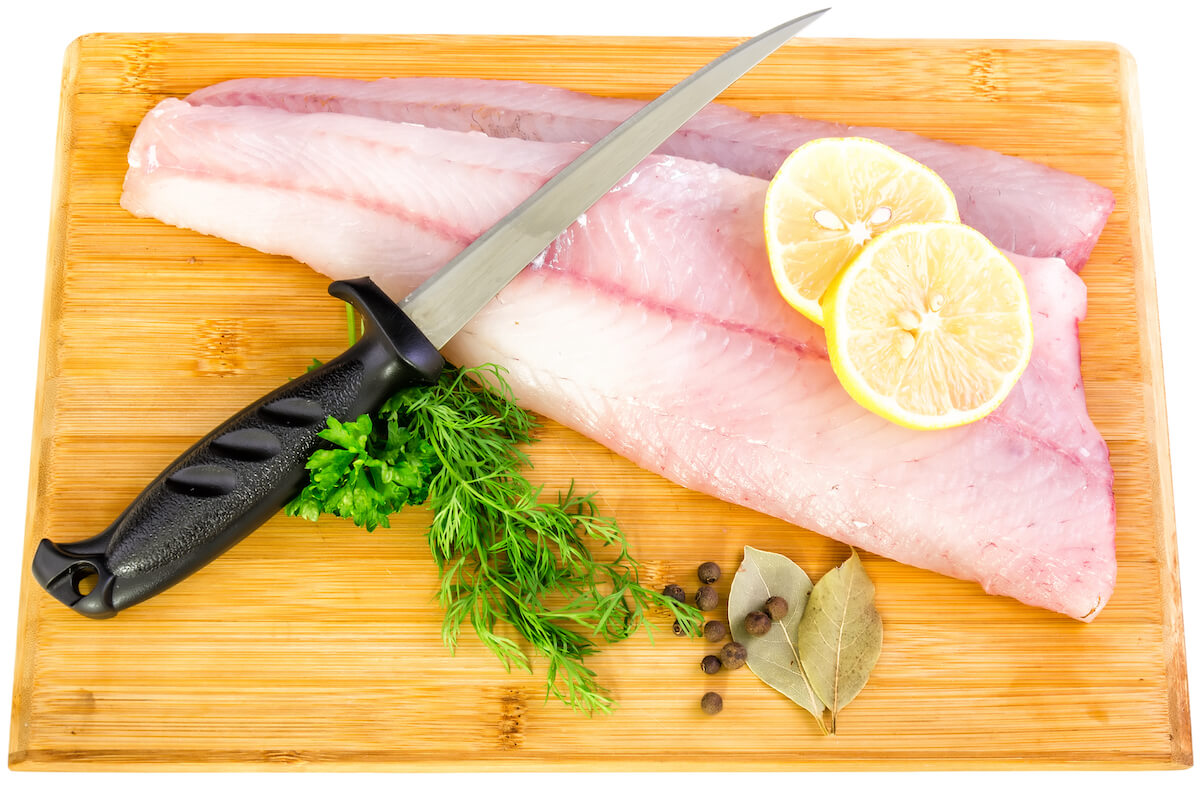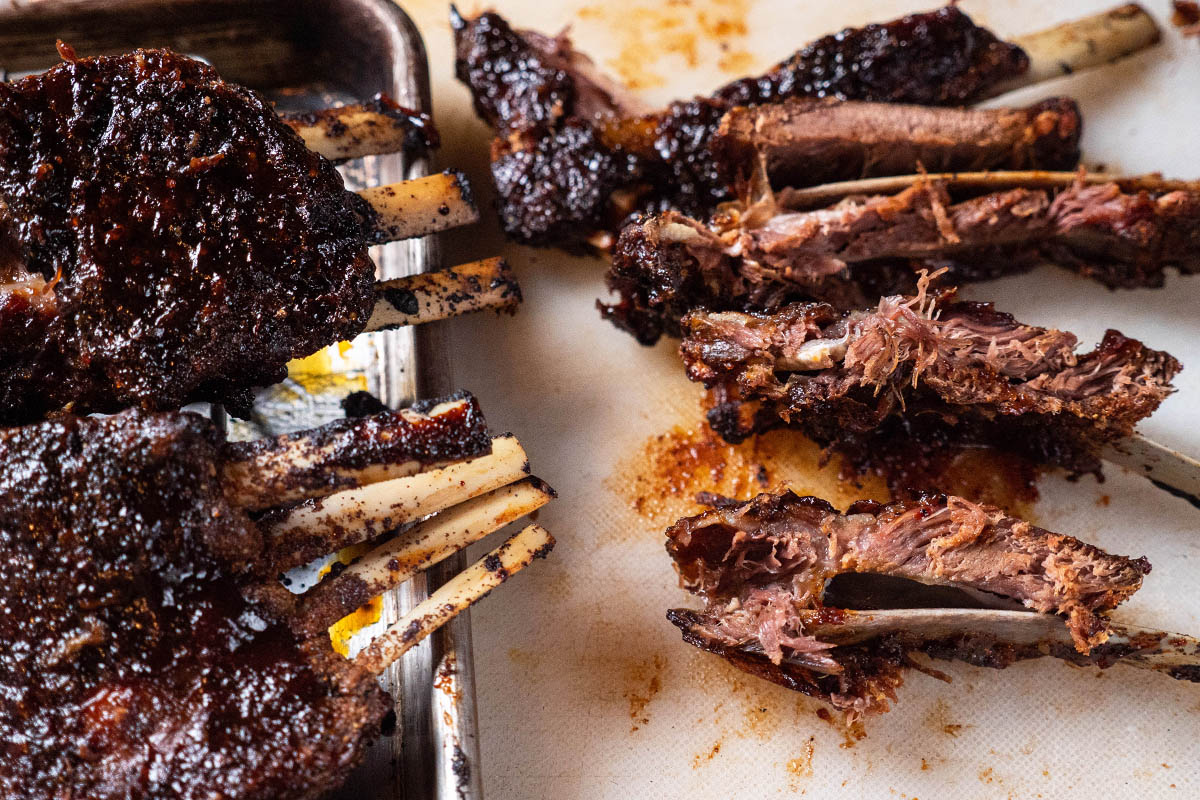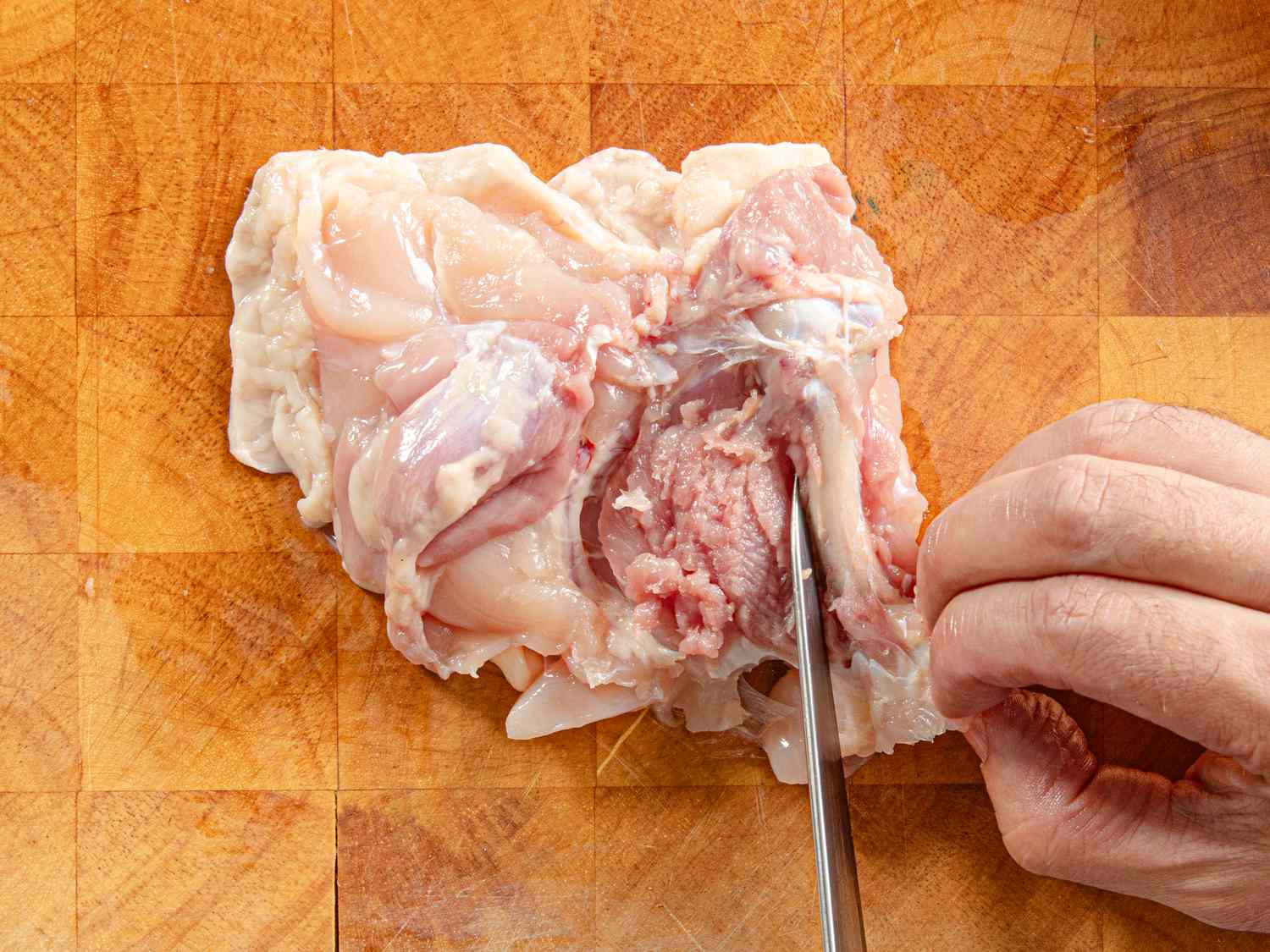Deboning Cod Fish: A Step-by-Step Guide
Deboning cod fish can seem like a daunting task, but with the right technique, it can be a rewarding and delicious endeavor. Whether you’re a seasoned chef or a cooking enthusiast, mastering the art of deboning cod fish can elevate your culinary skills to new heights. In this guide, we’ll walk you through the step-by-step process of deboning cod fish, so you can prepare this delectable seafood with confidence.
Step 1: Gather Your Tools
Before you begin deboning the cod fish, it’s important to gather the necessary tools. You will need a sharp fillet knife, a cutting board, and a pair of kitchen shears. Having the right tools at your disposal will make the deboning process much smoother and more efficient.
Step 2: Prepare the Cod Fish
Place the cod fish on the cutting board and rinse it thoroughly under cold water. Pat the fish dry with paper towels to remove any excess moisture. This will make it easier to handle and debone the fish.
Step 3: Make the Initial Incision
Using a sharp fillet knife, make a shallow incision behind the gills of the cod fish. Be sure to angle the knife towards the head of the fish to avoid cutting into the valuable meat. This initial incision will serve as the starting point for the deboning process.
Step 4: Remove the Head and Innards
Once the initial incision is made, carefully cut around the head of the cod fish to remove it. Next, use the kitchen shears to cut along the belly of the fish and remove the innards. Discard the head and innards, or set them aside to use for making fish stock.
Step 5: Locate the Backbone
With the head and innards removed, the backbone of the cod fish should now be exposed. Run your fingers along the backbone to locate the series of small bones that run along the center of the fish.
Step 6: Begin Deboning
Starting at the top of the fish, carefully slide the fillet knife along the backbone, using smooth and steady motions to separate the flesh from the bones. Take your time and work your way down the length of the fish, keeping the knife as close to the bones as possible to maximize the amount of meat you can salvage.
Step 7: Remove the Rib Bones
Once one side of the fish has been deboned, repeat the process on the other side. When both fillets have been removed, use the kitchen shears to carefully cut out any remaining rib bones and trim away any excess skin or fat.
Step 8: Rinse and Pat Dry
After deboning the cod fish, give the fillets a final rinse under cold water to remove any stray bones or scales. Pat the fillets dry with paper towels to ensure they are ready for cooking.
Step 9: Enjoy Your Deboned Cod Fish
Now that you have successfully deboned the cod fish, you can use the fillets to prepare a wide range of delicious dishes. Whether you choose to bake, grill, or pan-sear the cod fish, you can take pride in knowing that you have mastered the art of deboning this versatile and flavorful seafood.
With practice, deboning cod fish will become second nature, allowing you to confidently incorporate this delectable ingredient into your culinary repertoire. So, roll up your sleeves, grab your fillet knife, and embark on the rewarding journey of deboning cod fish.
Happy cooking!
For those looking to put their newfound skill of deboning cod fish to the test, there are several recipes to explore. Start with Pan-Seared Cod with Lemon Butter Sauce for a simple yet elegant dish that highlights the delicate flavor of cod. Baked Cod with Garlic and Herb Crust offers a crunchy and aromatic option that's perfect for a family dinner. If you're in the mood for something vibrant and fresh, Cod Fish Tacos with Fresh Salsa are a must-try, combining zesty salsa with tender fish. Cod in Tomato and Basil Sauce brings together rich, savory flavors that complement the cod beautifully. For a foolproof dinner idea, Cod en Papillote with Vegetables ensures a moist, flavorful meal with minimal cleanup. Each of these recipes allows you to showcase your deboning skills while enjoying delicious, versatile dishes.
Was this page helpful?
Read Next: How To Debone A Chicken Feet

